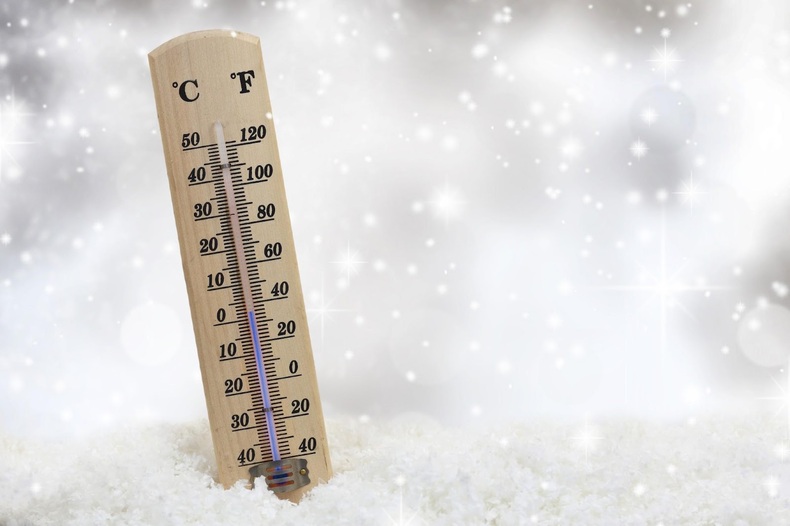Temperature Monitoring Gadgets For Your Supply Chain
Supply chain management is a challenging pursuit, even in the best of times. This fact holds twice as true for moving things along the cold supply chain, which is the version of the supply chain that deals in temperature-sensitive goods. Making sure that food doesn’t arrive at its destination spoiled, pharmaceuticals aren’t compromised, and other important materials don’t get damaged is tough.
Luckily, there are a wide array of technology tools that can help keep cargo safe in transit along any cold chain. With the right temperature monitoring gadgets, you can keep track of your products’ temperature and avoid expensive trouble along the way. Here are a few ideas to accommodate any need and budget.
Wireless Thermometer
A wireless thermometer is a device that can be used to monitor the temperature of a room, food product, or storage facility. You’ve undoubtedly seen them at your organization, at restaurants, or even used them at home
The best way to use a wireless thermometer is to install it in strategic locations throughout the facility. Then you can connect it to a mobile device/app and read the thermometers remotely. Regular temperature checks are necessary, so being able to do it wirelessly is pretty helpful in the long term. Wireless thermometers provide consistently accurate, real-time data about temperatures in your warehouse that can help you make important decisions when they’re needed.
Temperature Sensor
For monitoring cargo in transit, nothing beats the humble temperature sensor. The temperature sensor is a remarkable, small device that monitors temperature over time. Available at different temperature ranges, these devices are ideal for monitoring the temperature of shipments, storage facilities, and transport vehicles. A variety of sensors are available, including glass bead thermometers (used in freezers), infrared radiation sensors (used in refrigerators), and even wireless transmitters that communicate data over Wi-Fi networks.
Some temperature sensors are much simpler, using a chemical dye to spot and log any temperature issues quickly and efficiently. When it comes to getting temperature monitoring right, you need to employ a complex gadget that can precisely measure temperatures and give you a clear, precise indication of what’s happening with your cargo.
RFID Tags
RFID tags are being increasingly used to monitor the temperature of cold chain shipments. This is because RFID tags can provide accurate and real-time information on the temperature of a shipment. This information can help companies ensure that their products remain within the desired temperature range, and avoid costly product recalls. The last thing anybody wants to do is have their food fall into the temperature danger zone and end up with a bunch of spoilage. That’s bad for both customer relationships, your reputation, and the consumer.
It could also lead to price increases or shortages down the line. RFID, radio frequency identification, is a wonderful way to monitor your temperature remotely. Usually used with asset tags that are either active or passive, RFID can be a tremendously useful resource for any sort of monitoring or inventory tracking. The fact that it can be used for temperature is a testament to the versatility of the technology. Incorporating it with your other tech tools can lead to a better overall monitoring chain for all of your cargo.
Humidity Sensors
Having a supply chain management system that is well-equipped with technology can help your business run more smoothly and cost-effectively. Technology can also help your company’s supply chain be environmentally friendly, secure, and efficient. This is especially true when it comes to humidity. Every cold supply chain truck needs a humidity sensor.
Humidity can cause significant issues and damage along the supply chain. Condensation for broken refrigeration equipment, moisture buildup, and humidity can all be detrimental to your cargo. Using a remote reading humidity sensor can help you keep tabs on how much humidity is in your truck, making it easier to identify and eliminate issues.
Whether it’s the transportation of food or pharmaceuticals, any environment where humidity control is needed would benefit from such devices.
Data Loggers
A data logger is a device that records temperature for a given period of time. The temperature is recorded in intervals, such as every 30 minutes or hour, depending on your needs/setup. Data loggers are incredibly effective for painting an accurate picture of the environment throughout your supply chain. Want to log vibrations? Check for shocks? Understand how external factors might impact your cargo?
A data logger can do all that and more. It allows you to see when conditions exceed acceptable levels and make a plan for fixing the problem. Whether the information you glean from a data logger leads to installing better equipment or training employees on time-temperature sensitivity, these devices are worth implementing at any organization. Data loggers have loads of features, like Wi-Fi, high storage capacity, weatherproofing, and more. Technology like data loggers can help the supply chain run more smoothly—especially in temperature-sensitive environments







